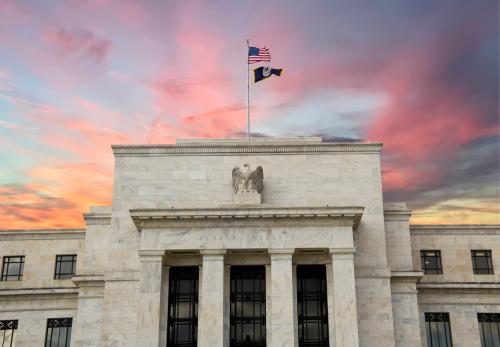

Research
BPEA | 1983 No. 21983, No. 2
DISINFLATION, after an extended period of inflationary demand policy
such as the United States has experienced, entails costs in a particular
sense. The process inevitably leads the economy through several years
of weaker “real” performance than that which can be expected for
corresponding phases of the business cycle after an adjustment period.
This cost of disinflation arises partly because, at the stage of the
inflationary process at which the Western countries have arrived in recent
decades, large payment commitments still continue to be denominated
in the domestic currency. These commitments are made in anticipation
of a further deterioration in the currency (whereas, in what is usually
described as hyperinflationt, he public has already largely turned away
from using the domestic currency). Another important reason why in
the present circumstances adjustment difficulties are inevitable is that,
even if the authorities do have the determination to remain firmly on the
disinflation course, it takes time to establish the credibility of that policy.
Thus those who are convinced that policies are ill-conceived when based
on an alleged long-run “Phillips trade-off” between inflation and unemployment
should be aware of a short-term trade-off: avoidance of the
long-run disaster, which continued and accelerating inflation would bring
about, causes underutilization and other adjustment difficulties during a
disinflationary transition period.